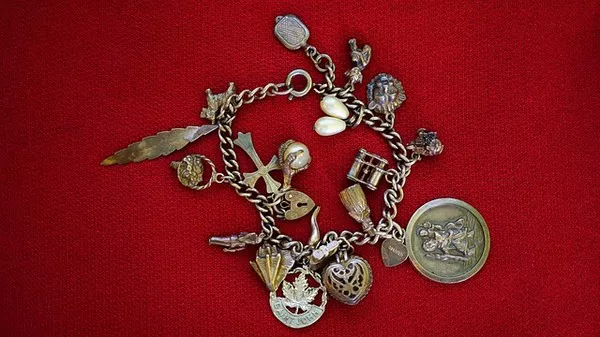Silver has been a precious metal of immense historical and monetary significance for centuries. Often referred to as “the poor man’s gold,” it has played a crucial role in various industries and investment portfolios. However, questions persist regarding its long-term value retention compared to other assets. This article aims to explore whether silver loses value and the factors influencing its worth over time.
The Intrinsic Value of Silver
To understand whether silver loses value, one must first appreciate its intrinsic qualities and functions. Silver boasts several unique attributes that contribute to its value:
Industrial Use: Silver has an extensive range of industrial applications, including electronics, photography, dentistry, and solar panels. These industrial uses create constant demand for the metal, thereby underpinning its intrinsic value.
Limited Supply: Like gold, silver is a finite resource. Its annual production is considerably lower than gold, which contributes to its scarcity and, consequently, its value.
Monetary History: Throughout history, silver has been used as a form of currency, further solidifying its position as a store of value.
Safe Haven: During times of economic uncertainty, silver has often served as a safe haven investment, offering a hedge against inflation and economic instability.
Jewelry and Collectibles: Silver’s aesthetic appeal makes it a popular choice for jewelry and collectibles, adding to its demand and value.
With these factors in mind, silver possesses intrinsic value that extends beyond its monetary worth, which is a testament to its enduring appeal.
Price Volatility
One of the primary reasons people question whether silver loses value is its price volatility. Silver prices are known to be highly variable, experiencing significant fluctuations over short periods. This volatility can lead to perceptions that silver is an unreliable store of value.
However, it’s essential to differentiate between short-term price fluctuations and long-term value retention. While silver prices can be influenced by various factors, including speculative trading, currency fluctuations, and geopolitical events, these fluctuations do not necessarily undermine its long-term value.
Historical Performance
To assess whether silver loses value over time, it’s crucial to examine its historical performance. Over the long term, silver has demonstrated the ability to preserve and increase its value. Here are a few key points to consider:
Long-Term Growth: When examining silver’s performance over several decades or centuries, it becomes evident that its value has consistently increased. For instance, silver’s price in the early 20th century was significantly lower than it is today.
Store of Value: Throughout history, silver has served as a reliable store of value, particularly in regions where it was used as a form of currency. Even in times of economic turmoil, silver has retained its worth.
Correlation with Gold: Silver often follows the price trends of gold, another precious metal with a long history as a store of value. While silver’s price may be more volatile, it generally moves in the same direction as gold over the long term.
Factors Affecting Silver’s Value
Several factors influence the perceived value of silver over time:
Economic Conditions: Economic factors, such as inflation rates, interest rates, and overall economic stability, play a significant role in determining silver’s value. During periods of high inflation, for instance, silver may be viewed more favorably as a hedge against currency devaluation.
Industrial Demand: The industrial demand for silver can fluctuate based on technological advancements and shifts in industrial production. Increased demand for electronics or renewable energy sources, for example, can positively impact silver prices.
Investor Sentiment: Speculative trading and investor sentiment can lead to short-term price swings. While these factors can create volatility, they do not necessarily reflect silver’s intrinsic value.
Currency Movements: Changes in currency exchange rates can affect the price of silver, especially for investors trading in different currencies.
Government Policies: Government policies related to mining regulations, trade, and taxation can influence the supply and demand dynamics of silver.
Conclusion
In summary, while silver may experience short-term price volatility, it does not inherently lose value over time. Its intrinsic qualities, including industrial applications, limited supply, historical monetary use, and aesthetic appeal, contribute to its enduring worth. Furthermore, its historical performance as a store of value and its correlation with gold highlight its ability to preserve and increase its value over the long term.
Investors should approach silver as they would any other asset class, understanding that short-term fluctuations are a part of any investment. Diversifying a portfolio with silver can provide stability and a potential hedge against economic uncertainties. Ultimately, the value of silver, like any other asset, is subject to various external factors, but its intrinsic worth remains intact.


